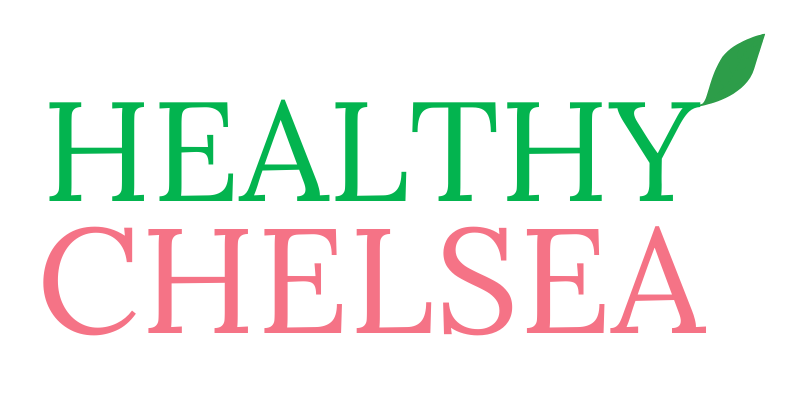“I can’t believe this isn’t meat!”
I was more than a year into my vegetarian lifestyle when I first experienced the Impossible Burger.
The sizzle, the mouth-feel, the flavor, the look of a real, reddish, meaty burger…
It shocked me that this veggie patty wasn’t a full-on red meat burger.
I even felt like I was cheating on my vegetarianism when I ate the Impossible Burger!
Should I really be enjoying this burger…THIS much?!
Probably not 😉
But there’s one question I’m constantly asked:
Is the Impossible Burger healthy?
The quick answer:
Absolutely not.
But why? Aren’t I eating plants!?
Yes, true.
The Impossible Burger is completely vegan.
It uses much less land and water to create the Impossible Burger than a meat patty does.
It’s more sustainable and environmentally friendly.
No animals are harmed in its making.
It’s halal and kosher certified.
And for us vegetarians and vegans, we’re able to partake in the experience of grabbing burgers and beers with our friends.
But in terms of nutritional benefits? Are there any?
Well no, there’s not a lot.
The Impossible Burger packs a whopping 16% of your daily value of sodium!
Pair that with those deliciously salty truffle fries, cheese, and a white bun, and you’ll be feeling puffy all day.
There’s also no fiber in sight.
Traditional veggie burgers made with beans, rice, chickpeas, mushrooms, and other veggies are loaded with gut-healthy fiber.
But not the Impossible Burger.
The lack of fiber is the price you pay for a burger that actually tastes like a burger.
And back to those deliciously salty fries, cheese, a white bun, and grabbing beers with friends…
All those foods are not nutritionally dense- I know, not shocking.
But does that mean you should avoid the Impossible Burger?
Absolutely not!
How boring life would be if we only ate “nutritionally dense” food.
I certainly don’t want to eat healthy food all the time (and spoiler alert, I don’t!).
But the more informed you are, the more empowered and confident you are in yourself when choosing what you’ll eat next.
Savor your food, have fun grabbing burgers and beers with friends, enjoy the innovation of a vegan burger that tastes like a red meat burger!
But maybe don’t eat it several times per week 😉





